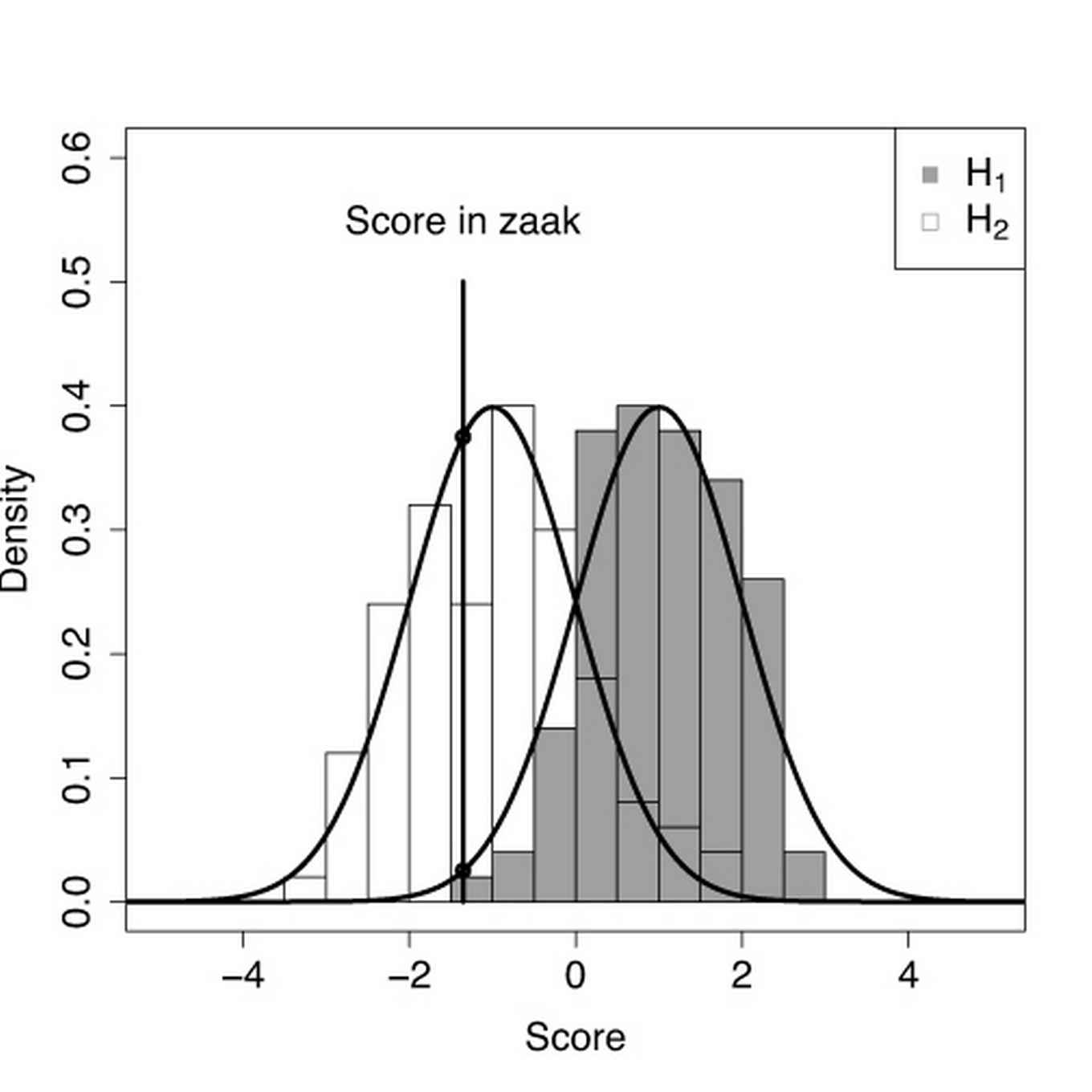Linking gasoline residues to arson cases: improving methods to assess the strength of evidence
In arson cases, often remains of an ignitable liquid are found at the start of the fire. In many cases, at a suspect a jerry can is found with some leftover gasoline. In order to link the gasoline residue in the jerry can to the arson case, a complex chemical analyses proceeds an automated comparison tool. The comparison tool is probabilistic in nature, and the outcome is based on a multivariate analyses for which parameters are trained by several background datasets. The performance of the model is assessed by using an independent validation dataset.

RESEARCH GOAL
Even though at the moment performance is good, we believe there is room for improvement. Research questions we have are: can the number of parameters be diminished so that the models become simpler and less training data need to be used? How sensitive is the model for choice of validation databases? If results are promising they have the potential to be published in a peer reviewed forensic scientific journal.
REQUIRED/RECOMMENDED EXPERTISE
A background in research methodology, statistics, or anything related to statistics.
|
Institute/Company : |
Netherlands Forensic Institute |
| City: | Den Haag, The Netherlands |
| Country : | The Netherlands |
| Supervisor : | Peter Vergeer |
|
UVA Examiner: |
|
|
UVA Coordinator: |
